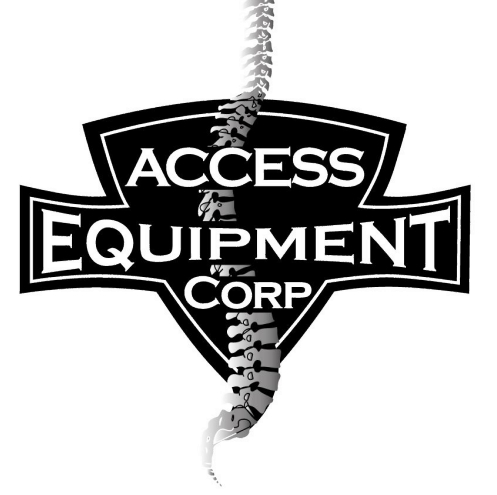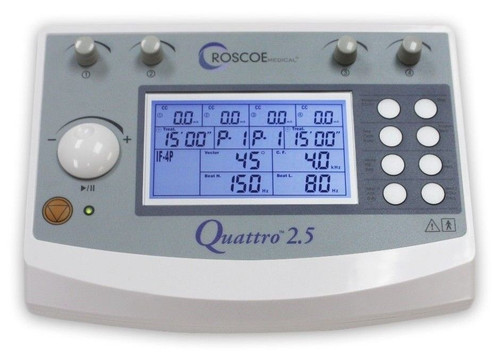Product Description
Epidural Positioning Device + EPD Stand
Tutorial Video - Rethink Patient Safety with the EPD (Epidural Positioning Device) from PHS Medical from Pivotal Health Solutions on Vimeo.
Rethink patient safety with the patented and original Epidural Positioning Device. This revolutionary device features unique torso positioning, exclusive to our design, that moves the back into an arched position for proper cervical alignment to position patients safely and comfortably during epidural procedures.
Improper patient positioning is the number-one cause for lawsuits in the operating room.
The EPD Package 2 includes both the Epidural Positioning Device (EPD) and Labor Delivery Stand (LDS) for maximum versatility.
Epidural Positioning Device (EPD)
Patented in 2001, our Epidural Positioning Device is a landmark device designed by an anesthesiologist that positions patients correctly and comfortably by encouraging cervical, thoracic and lumbar flexion while maintaining a solid and stable position. Manually controlled chest, arm and head support ensures that patients of every body type and size can be accommodated and the back remains immobile during epidural placement. The EPD is suitable for use in operating rooms, labor and delivery suites, pain centers or anywhere epidurals and spinals are performed.
Labor Delivery Stand (LDS)
Designed to be used with the EPD, the labor delivery stand provides adjustable foot support to aid in positioning the patient and for patient comfort. It also provides an adjustable mount for the EPD and features a built-in clamp allowing for the same range of adjustment as an OR table.
Proper positioning is essential for a successful block, yet it can be difficult for a variety of reasons. The EPD eliminates many common safety and positioning concerns:
- The assistant or nurse holding the patient may not be physically able to maintain the position needed or to hold the full weight of patient due to painful stress on knees, back, shoulders and neck.
- The patient may not understand your instructions.
- Sedation may make the patient unable to cooperate or follow directions.
- The size and weight of the patient and the staff member can vary, making each positioning unique.
- Patient may tense or attempt to move if they feel uncomfortable or not secure, which can result in injury or improper placement.
- The patient may experience vertigo or nausea, causing them to lose position.
- In many cases, a rolling stool is used under the feet or a bedside table is used under the arms. Either could roll and cause dangerous movement or be slippery.
- The position of being far forward and "hugging" a pillow can cause lightheadedness or faintness.
- With the epidural positioner, staff is still in the room, but hands are free to assist the anesthesiologist more readily.
For staff, there are additional considerations that can result in injury and loss of time:
- Trying to push against a stool with thighs while extending to hold patient can be uncomfortable, especially during a placement that takes a bit longer.
- Holding a larger patient can cause low back, shoulder, knee or neck pain, whether during a one-time event or cumulatively.
- If the patient begins to feel uncomfortable, they may inadvertently bite, pinch, scratch or otherwise injure the holder.
EPD Specifications
Weight: 12 lbs.
Load Rating: 400 lbs.
Arm Rest Range: 32" - 43"
Arm Rest Size: 16.5 x 10
Chest Piece Range: 5.5 - 10
Chest Piece Depth: 3
Chest Piece Size: 8 x 8
Shipping Weight: 42 lbs.
Shipping Box: 32 x 18 x 15
LDS Specifications
Weight: 42 lbs.
Foot Plate Size: 20 x 12
Foot Plate Range: 10.5 x 19.5
Width: 20.5"
Length: 23"
Shipping Weight: 50 lbs.
Shipping Box: 29 x 26 x 21
Assembled Specifications
Weight: 54 lbs.
Width: 20.5"
Depth: 30"
Height Range: 50"- 60"
Base Clearance: 5" from floor, 10" between locked pedals
Warranty: Limited Lifetime
Product Videos
Custom Field
Product Reviews
Chirocity.Com Is a Division of
























